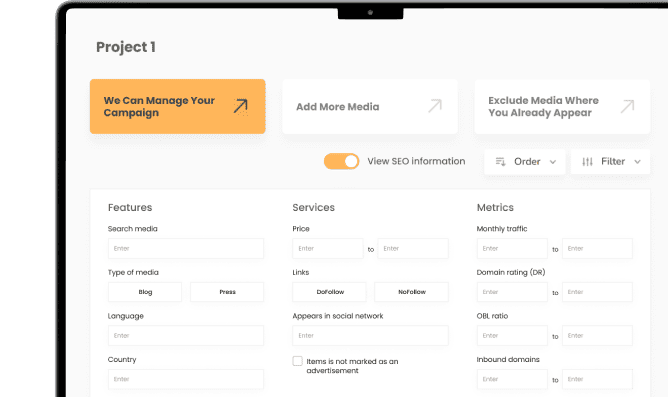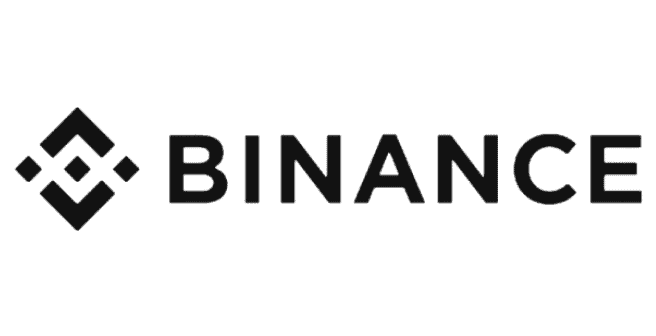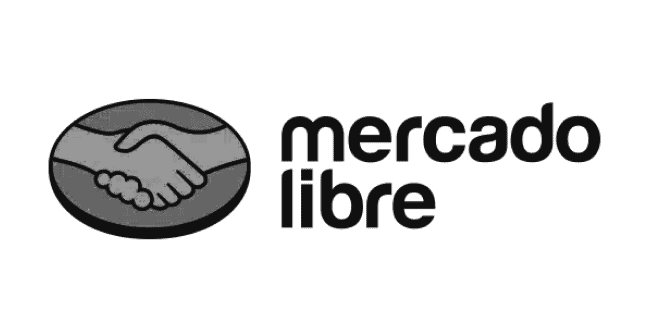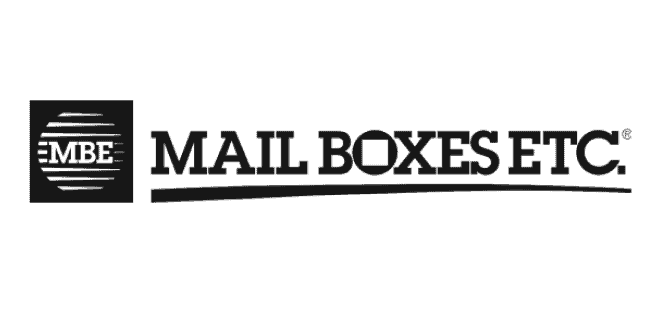Link building remains one of the key strategies in SEO, and with it, the proliferation of deceptive techniques, such as private blog networks (PBNs). These networks attempt to manipulate search engine algorithms by artificially inflating their numbers, which can have serious consequences for a website’s ranking strategy. In this article, based on our latest annual study on link building, PR, and media, we explore how to identify these fake sites and avoid falling into penalizable practices.

What is a PBN and Why is it a Problem?
PBNs are networks of websites created solely to link to other pages in order to artificially boost their authority on search engines like Google. Although they may appear to be legitimate media sites, these websites often have low-quality traffic, recycled content, and manipulated metrics.
According to our annual link building, PR, and media study, there has been an increase in the proliferation of fake media outlets posing as digital newspapers, with inflated metrics and simulated traffic. While these tactics may offer temporary benefits, they come with a high risk of penalties from Google.
How to Identify Fake Media in Link Building
Our report compiles several factors that can help detect fraudulent media when purchasing links:
1. Manipulation of SEO Metrics
Many fake media sites inflate their metrics on platforms like Ahrefs, Moz, or Majestic using techniques such as:
- Creating artificial links from other PBNs.
- Buying low-quality backlinks from shady SEO markets.
- Using deceptive redirects from expired domains with authority.
The study reveals that many of these sites display high DR (Domain Rating) or DA (Domain Authority), but when analyzing their backlinks, a large number of links come from irrelevant or low-authority sites.
2. Low-Quality Traffic and Lack of Thematic Relevance
Another key indicator is the source and quality of traffic. Many PBNs generate traffic with high thematic dispersion, meaning they attract visits from generic keywords that provide no real value to users.
According to the study’s data, these media sites:
- Publish articles on multiple unrelated topics.
- Generate traffic from low-value terms with no purchase intent.
- Experience sharp traffic drops after algorithm updates.
A legitimate media site should have stable traffic aligned with its niche specialization.
3. Networks of Interlinked Media Sites
PBNs are often interconnected through cross-links between their own sites, creating an unnatural structure for Google. To detect this:
- Analyze the origin of a site’s inbound links.
- If most come from unknown or low-quality domains, it may be part of a private blog network.
- Similar IP structures or shared hosting services are also common indicators.
This is why we emphasize that a solid link building strategy should prioritize links from diverse, high-credibility sites.
4. Poor-Quality Content and Recycled Articles
A common pattern among fake media sites is the use of poorly written content that lacks depth or value. Additionally:
- They publish similarly structured articles across multiple sites.
- They reuse texts with slight modifications on different platforms.
- They lack recognized authors or reliable external references.
Google is becoming stricter with low-quality content, and the trend is to reward well-researched articles with verifiable sources written by subject matter experts.
5. Suspiciously Cheap Link Offers
Suspiciously low-priced offers are often a sign of PBNs. In the study, we mention that some services offer “50 dofollow links for less than €50,” which is a clear warning sign.
The average link prices in Spanish-speaking media vary depending on site traffic:
- Up to 20,000 visits: €81.33 per post.
- Between 20,001 and 75,000 visits: €220.65.
- More than 200,000 visits: €455.01.
If a service offers links at prices far below these figures, it is likely an unreliable media outlet.
Best Practices for Effective and Safe Link Building
To avoid falling into fraudulent networks, we recommend following these practices:
1. Prioritize Media with Real Authority
Ensure that links come from media outlets with a reliable track record, a solid presence in their niche, and stable organic traffic.
2. Check for Qualified Traffic
A trustworthy media site should attract real users with relevant search intent. According to the study, only 36.1% of posts in 2024 successfully attracted qualified traffic, highlighting the importance of choosing the right investment.
3. Analyze Links and Their Context
It is crucial to evaluate:
- Whether the media site links to quality websites or is saturated with sponsored links.
- The diversification of traffic and its stability over time.
- The coherence between the site’s theme and the links it sells.
4. Use a Diversified Strategy
The key to successful link building is not relying solely on media links but combining:
- Publications in authoritative niche blogs.
- Relationships with influencers or industry experts.
- Creating valuable content that naturally attracts links.
Our latest 2025 Annual Link Building, PR, and Media Study makes it clear that the SEO landscape continues to evolve, and fraudulent tactics are becoming more sophisticated. Identifying fake media in link building not only helps avoid penalties but also ensures a sustainable and effective SEO strategy.
Investing in quality links, evaluating metrics carefully, and choosing reputable media outlets is the best way to ensure that our link building efforts contribute to the real growth of our project.
Check out the full study here







